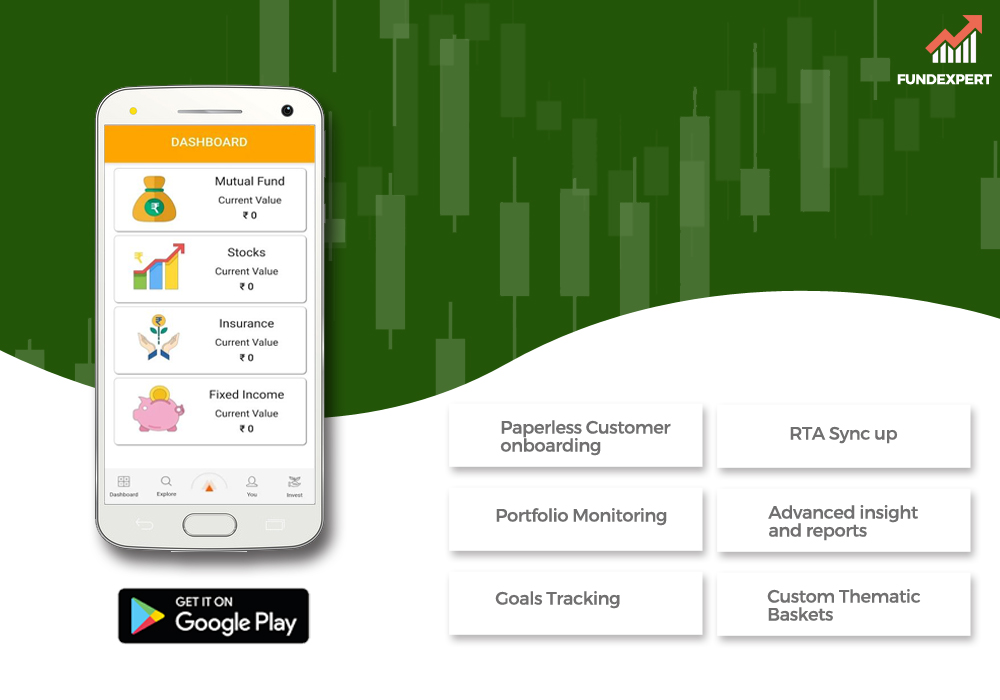Glossary
Management Fee
The sum a mutual fund pays for services rendered to its investment advisor, including managing the capital of the fund. Generally, this payment varies from 1.5% to 1% of the asset value of the investment.
Management fee / expense
A payment paid on behalf of the shareholder by the qualified fund manager to administer an investment portfolio.
Mark-to-market
This is an accounting method where, according to its current market price, the value of an investment is recorded in the financial books. For example, if a share has a Rs60 market value on a given day, an investor holding 100 of that company's shares will update its investment market value to Rs 6,000 (100 sharesx Rs 60 per share). This is known as mark-to-market.
Market capitalization
Market capitalization is the total market value at a given point of time of all the shares issued by a company. It is calculated by multiplying by the current market price of one share the total number of shares.
Market value
A security's market value is the price at which it can be purchased or sold on the exchange.
Market volatility
At the stock exchange, stock prices are constantly changing. The rate of change in prices is referred to as market volatility. The higher the rate of change, and vice versa, the higher the uncertainty.
Maturity
Some investments, such as close-ended funds, have a maturity date, which is the date on which the investor is reimbursed his principal amount as well as all income on the investment due to him.
Mid Cap Fund
A fund that invests in mid-cap corporate stocks.
Minimum Additional Amount
This is the minimum amount of investment in a mutual fund scheme for a current investor.
Modified Duration
The adjusted period is the price tolerance and the chanin price percentage for a change in yield unit.
Money Market Fund
A mutual fund that invests only in money markets such as trading papers, trading bills, and RBI-specified deposit certificates and other instruments. These funds have at least a 15-day lock-in period. Until recently, money market funds were supervised by the RBI, but now they fall under SEBI.
Money market instruments
Debt instruments with a short period of maturity, usually less than a year.
Mutual Fund
A Mutual Fund (MF) is a type of trust that pools the funds of a lot of investors by investing in a variety of financial instruments to make more money.
"Mutual fund is a pooled investment vehicle which pools multiple investors ' assets, assigns them units and invests on their behalf. The mutual fund invests the collected funds in securities in accordance with the investment objective as stated in the scheme's Scheme information report.
Mutual Fund units
Mutual fund units are like a company's shares which trade in the market and reflect the amount of ownership that you have as a shareholder in the Mutual Fund. As you know, Mutual Funds are pooled investment vehicles that invest across asset classes such as debt, equity, foreign securities, gold, etc. in various securities. The amount of money that you invest in a fund determines the number of units of the fund that you would be assigned, and these units reflect the level of your interest in the pool of money that the fund maintains on behalf of all its investors.
The number of units assigned to an investor depends on the amount of money invested by the investor and the NAV in question. If an investor invests' 1,000 in a scheme and the NAV is' 100 for that day, 10 scheme units(= Amount invested / Applicable NAV) will be assigned to the investor. These 10 units represent the degree of ownership of the investor in the scheme.
Such units can also be expressed in decimal and do not always need to be in full number. In the above scenario, if the scheme's closing NAV was ' 98 when the investor submitted his purchase request, 10,204 units instead of 10 units would have been allocated as we saw in the above example.
A scheme's existing NAV reflects one unit's value of that scheme. You can calculate the value of your holding in a Mutual Fund by multiplying the number of scheme units owned by you determined by the scheme's existing NAV.
